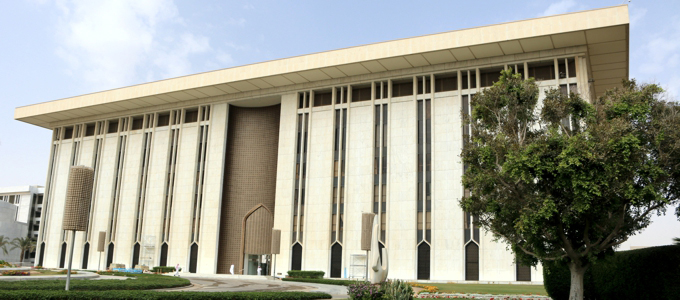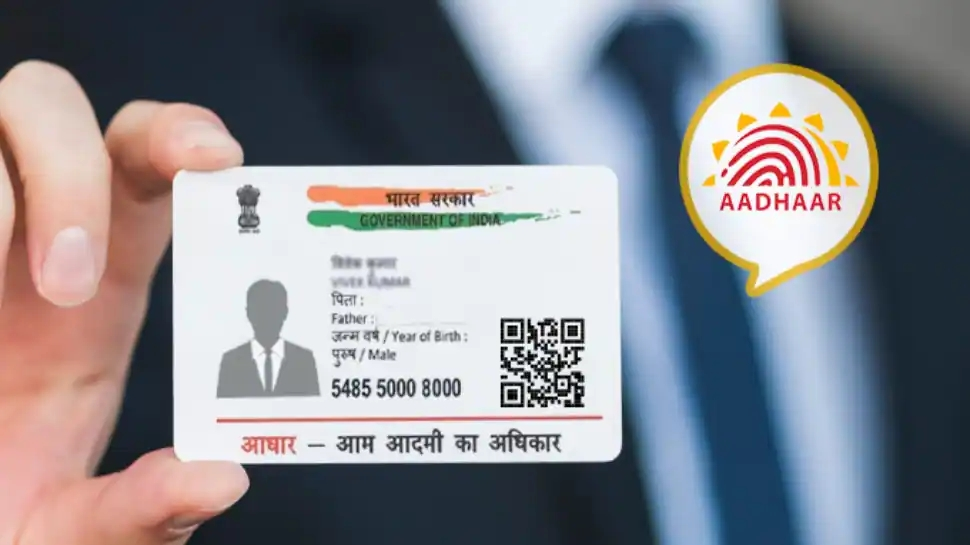What does an average citizen want from their government? Security from threats? Economic development and prosperity? Better infrastructure? Better quality of life? Opportunities in career? Better public service? The answer is all-of-the above and then some more.
The age of digitization has brought positive changes in our lives and helped governments in empowering their citizens. This is done through better access, more transparency, increased accountability, and speeding up government processes.
The COVID-19 pandemic has accelerated this digitization. Governments have realized the importance of digitization of citizen services in the wake of lockdowns and quarantine mandates. Digitization of public services has been a positive outcome of this pandemic.
We will be discussing the five ways in which citizen services are being digitized.
- Decision Making Digitization of public services is possible due to the extensive usage of Government as a platform (GaaP). Governments are operating Open Government Data(OGD) platforms that provide government data for public use on a single portal. United Kingdom has ensured that all government ministries and departments publish their public data on a shared data platform. This can be used by citizens or business enterprises for service delivery or product development.
- Digitization has helped governments manage increased traffic. It has also helped in coping with the increased demands and complexities of urban mass transportation networks. Public transport is one of the key services managed by governments where connectivity needs to be ensured. Intelligent traffic and vehicle management systems are being used to increase carrying capacity of public transports, maximize the efficiency of public roads, highways, and carriageways, reduce traffic jams, and improve road safety.
- Digitization of public services has led to streamlining of government services as citizens are no longer required to stand in long queues outside a government office to get work done. They can virtually go to the government platform/website that offers the service they are looking for. They can login, apply for the service and get the service delivered, all from the comfort of their homes/offices. The increased convenience of digitized public services has reduced paper trail. It has improved the efficiency of government services due to the use of digital processes. This in turn provides improved user experience and automates back-office tasks that free-up the workforce. The result is reduced expense and improved efficiency of government offices.
- Digitized government IDs are another way in which public services are being digitized. A digital government ID allows citizens to apply for and avail numerous services and schemes. These digital IDs contain all the personal and relevant records of the citizens that they might need when applying for a service or a scheme. One digital ID is all you need to avail citizen services anywhere in the country. This saves time, reduces cost, and increases efficiency.
- One of the key citizen services that have been revolutionized due to digitization are the payment services. Currency transaction is the most important facet of modern economy. Without money transactions or a promise of money transaction, there can be no economic activity. Digital payment services have allowed citizens to conduct secure and fast transactions. Governments thus get accurate data related to payment flows and fill in policy gaps that may exist.
Digital services have been gaining momentum thanks to the ever-increasing accessibility to faster internet. Governments and private corporations are now recognizing the importance of the cyber space. Digitizing citizen services can seem to be a difficult task. But with IT infrastructure changes and use of platform ecosystem, governments can achieve it. Complete digitization of public services means improved citizen services which in turn means happy and content citizens.






Comments